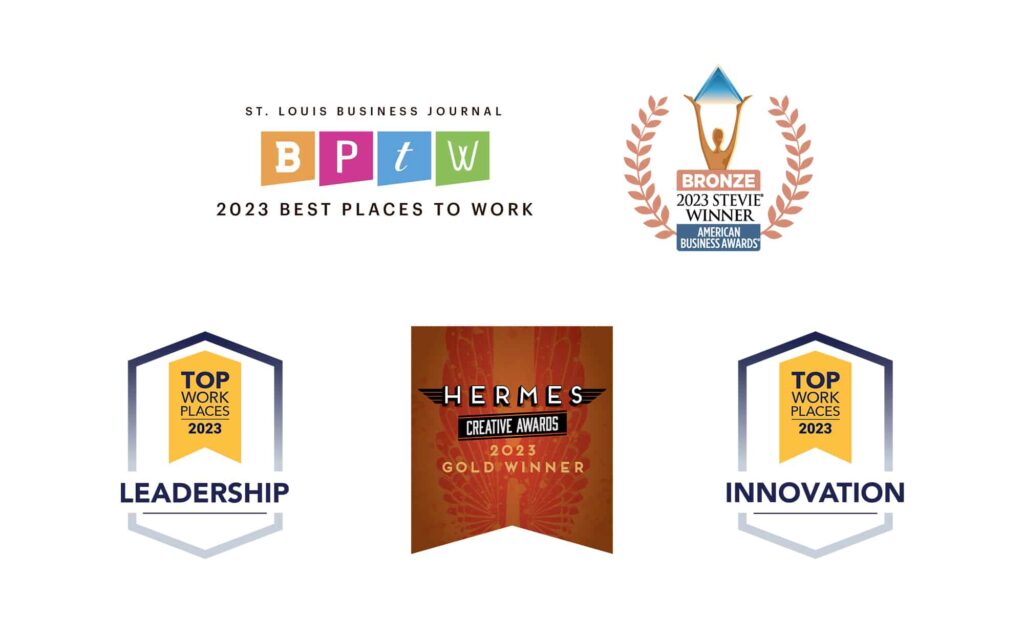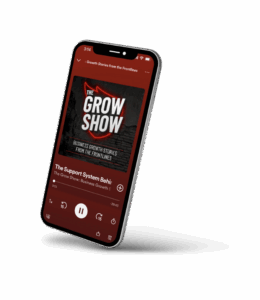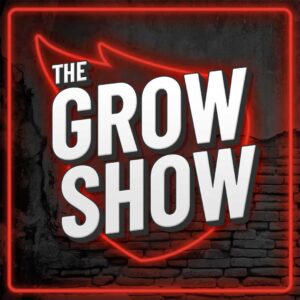Contents
What is Full-Cycle Recruiting?
Full-cycle recruiting, or end-to-end recruiting, encompasses the entire hiring process. It starts with identifying hiring needs and ends with onboarding the new employee. Unlike traditional recruiting methods, where other specialists handle different stages of the process, full-cycle recruiting involves one recruiter managing the entire process. This ensures consistency and quality control throughout each stage.
This full-cycle recruiting approach includes six essential steps:
- Preparation: Identifying hiring needs and creating compelling job descriptions.
- Sourcing: Finding potential candidates through various channels.
- Screening: Reviewing applications and conducting initial interviews.
- Interviewing: Conducting thorough interviews to assess candidate fit.
- Hiring: Making job offers and negotiating terms.
- Follow-Up: Ensuring smooth onboarding and continuous engagement.
By managing the process from start to finish, full-cycle recruiters can provide a seamless experience for candidates and hiring managers, leading to better outcomes for all parties involved.
Step 1: Preparation
Preparation is key! The first step is figuring out your hiring needs, like how many positions you need to fill, the specific skills and qualifications required, and your hiring timeline. It’s crucial to collaborate with department heads and team leaders to ensure the job requirements align with your company’s goals. Creating a compelling job description is also vital at this stage. A well-crafted job description outlines the responsibilities and qualifications needed and showcases what makes your company a great place to work. This is your chance to engage potential candidates, so be sure to include clear goals and expectations to attract the right talent.
Step 2: Sourcing
Once your job description is ready, it’s time to start finding candidates. Use job boards, social media platforms, and professional networks to reach potential applicants. Using multiple channels ensures you get a diverse pool of candidates. Active outreach is also key. Don’t just wait for candidates to come to you—reach out to passive candidates who might not be actively job hunting but are open to new opportunities. You can do this through LinkedIn, industry events, and employee referrals. The goal is to cast a wide net and find the best candidates.
Step 3: Screening
Screening involves reviewing applications and conducting initial screenings to shortlist candidates. Evaluate resumes and cover letters to identify those who meet the basic qualifications, but also look beyond the surface to assess experience, skills, and cultural fit. Initial phone interviews or video calls are great for further assessing suitability. These conversations help narrow down the list to candidates who truly align with the job requirements and your company culture.
Step 4: Interviewing
The interviewing process is crucial and usually involves multiple stages, from phone screens to in-person or virtual interviews. This is your chance to dive deeper into a candidate’s skills, experience, and personality. To ensure a fair and comprehensive evaluation, prepare a consistent set of questions for all candidates, take detailed notes, and involve multiple stakeholders in the interview process. Behavioral interview questions, where candidates provide examples of how they’ve handled specific situations, can be particularly effective in assessing fit and capability.
Step 5: Hiring
After the interviews, it’s time to make a job offer to your chosen candidate. This includes negotiating terms like salary, benefits, and start date. Clear and prompt communication is crucial to keep top candidates from accepting other offers. Ensure a smooth onboarding process to make the new hire feel welcomed and prepared. Set up the necessary equipment, provide access to resources, and schedule initial training sessions. A positive onboarding experience sets the tone for the employee’s time with the company.
Step 6: Follow-Up
The final step is follow-up. Keep in touch with the new hires to ensure their satisfaction and address any concerns. Regular check-ins during the initial months can help identify issues early and show the company’s commitment to the employee’s success. Feedback from both the new hire and the hiring team is essential for continuous improvement. This can provide valuable insights into your recruiting process and highlight areas for enhancement, helping you improve future recruitment efforts and retention rates.
How Companies Benefit from Full-Cycle Recruiting
Full-cycle recruiting has many advantages that can significantly improve your hiring process. Trying full-cycle recruiting for your company can lead to excellent results, making your hiring process more effective and your candidates happier. Some specific benefits you can expect from adopting full-cycle recruiting include:
- Consistency and Quality: A single recruiter managing the entire process ensures consistency and better quality hires. This approach allows the recruiter to deeply understand the company’s culture and specific needs, leading to more accurate candidate assessments and better hiring decisions.
- Efficiency: Full-cycle recruiting is efficient because it involves one point of contact throughout the hiring process. This reduces the risk of miscommunication and ensures a seamless transition between stages. The recruiter can quickly address any issues and keep the process moving smoothly.
- Better Candidate Experience: A streamlined communication and personalized approach significantly enhance the candidate experience. Candidates appreciate the consistency of interacting with the same person throughout the process, which helps build trust and rapport. A positive candidate experience increases the likelihood of a successful hire.
How Candidates Benefit from Full-Cycle Recruiting
The candidates who go through a full-cycle recruitment process also reap some of the benefits as well:
- Personalized Interaction: Engaging with the same recruiter throughout the hiring process creates a continuous relationship, allowing the recruiter to understand the candidate’s strengths and career goals. This tailored approach makes candidates feel valued and understood, enhancing their overall perception of the hiring organization.
- Clarity and Transparency: With one recruiter managing the entire process, there is less risk of miscommunication, keeping candidates well-informed about job requirements, interview schedules, and next steps. This transparency reduces anxiety, builds trust, and helps candidates make informed decisions, making them feel more confident about their potential new role.
- Improved Fit: Overseeing the entire process allows the recruiter to ensure the candidate is both technically qualified and culturally aligned with the organization. This approach increases the likelihood of long-term satisfaction for both the candidate and the employer, resulting in higher retention rates.
Are There Any Drawbacks of Full-Cycle Recruiting?
While full-cycle recruiting has many advantages, it’s not without a few downsides.
- Resource Intensive: Full-cycle recruiting can be resource-intensive, requiring skilled recruiters to handle the entire process from sourcing to onboarding. These recruiters must possess various skills. Training and retaining such multifaceted professionals can be costly and time-consuming for organizations.
- Scalability Issues: Scaling full-cycle recruiting can pose challenges, particularly for large organizations with high-volume hiring needs. Managing the entire recruitment process for numerous positions simultaneously can overwhelm recruiters. Organizations must balance personalized recruiting and the ability to handle large-scale hiring efficiently.
- Dependency on Individual Recruiters: Relying heavily on one recruiter’s expertise and availability introduces risk. If the recruiter is unavailable due to illness, vacation, or departure from the company, the entire hiring process can be disrupted. This dependency can be mitigated by having backup plans and ensuring that knowledge and processes are well-documented and can be transferred to other team members if necessary.
Adapting Full-Cycle Recruiting for Different Industries
Here are some examples of how to use full-cycle recruiting for various industries.
IT Recruitment
In the IT industry, finding candidates with the right technical skills and cultural fit is crucial. Full-cycle recruiters should focus on sourcing talent through hackathons, coding challenges, and tech communities. Understanding the unique culture of IT teams and aligning candidates with it is essential for long-term success.
Construction Recruitment
Safety and project management experience are key in construction recruitment. Full-cycle recruiters should target trade schools, professional associations, and industry-specific job boards. It is also important to engage with passive candidates who have proven safety management and project leadership track records.
Professional Services Recruitment
Industry-specific skills and experience are vital for roles in marketing, accounting, and HR. Networking events, industry conferences, and professional associations are great for finding top talent. Job boards dedicated to professional services can also connect recruiters with candidates who have the necessary expertise and credentials.
HVAC Recruitment
The HVAC industry faces a significant labor shortage, so focusing on specialized skills is essential. Full-cycle recruiters should target technical schools, apprenticeship programs, and industry events to find qualified technicians, assistants, managers, and sales reps. Highlighting career growth opportunities within the HVAC sector can attract skilled candidates looking for long-term roles.
Facilities Management Recruitment
Reliability and versatility are critical in facilities management roles. Recruiters should leverage employee referrals and industry-specific job platforms to find candidates who meet these criteria. Emphasizing cultural fit and the ability to handle diverse responsibilities will help identify candidates who can thrive in facilities management positions.
Key Takeaways
Full-cycle recruiting covers every step of the hiring process, ensuring consistency and quality from sourcing to onboarding. This approach enhances the candidate experience by providing personalized interaction and transparency, leading to better hires and improved retention rates. Key steps in full-cycle recruiting include preparation, sourcing, screening, interviewing, hiring, and follow-up. While resource-intensive, this method’s benefits, such as efficiency, better candidate engagement, and higher-quality hires, often outweigh the challenges. Tailoring full-cycle recruiting strategies for different industries further optimizes hiring outcomes, making it a valuable approach for any organization.
If you want to enhance your recruitment strategy with a comprehensive approach, consider partnering with Talent Solutions. Our expertise in full-cycle recruiting can help you find the right candidates quickly and efficiently. Contact us today to learn more about our customized recruiting strategies and schedule a consultation. Reach out now and take the first step toward optimizing your hiring process.

Madison Hendrix
Madison has worked in SEO and content writing at Abstrakt for over 5 years and has become a certified lead generation expert through her hours upon hours of research to identify the best possible strategies for companies to grow within our niche industry target audiences. An early adopter of AIO (A.I. Optimization) with many organic search accolades - she brings a unique level of expertise to Abstrakt providing helpful info to all of our core audiences.
- Madison Hendrix#molongui-disabled-link
- Madison Hendrix#molongui-disabled-link
- Madison Hendrix#molongui-disabled-link
- Madison Hendrix#molongui-disabled-link







